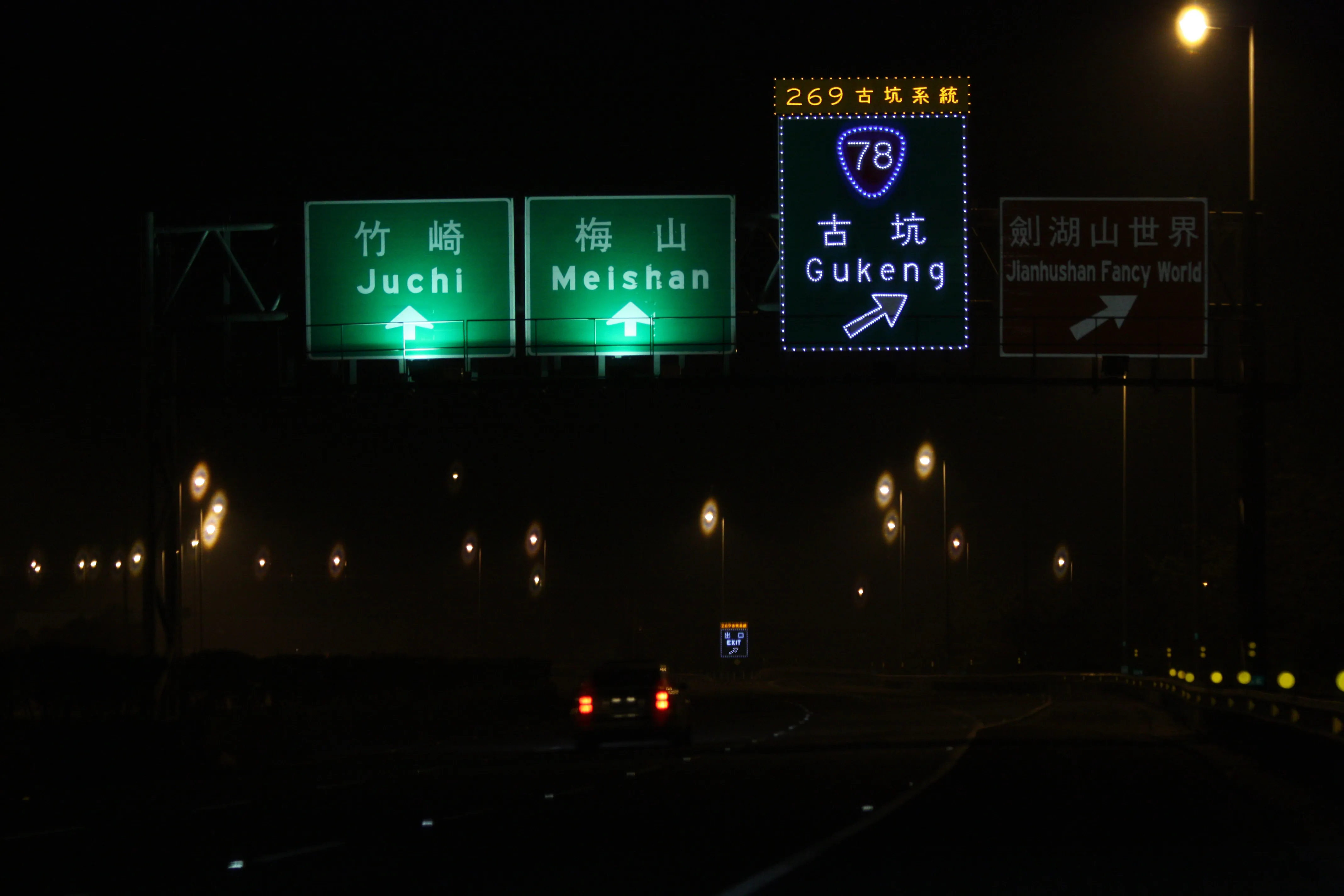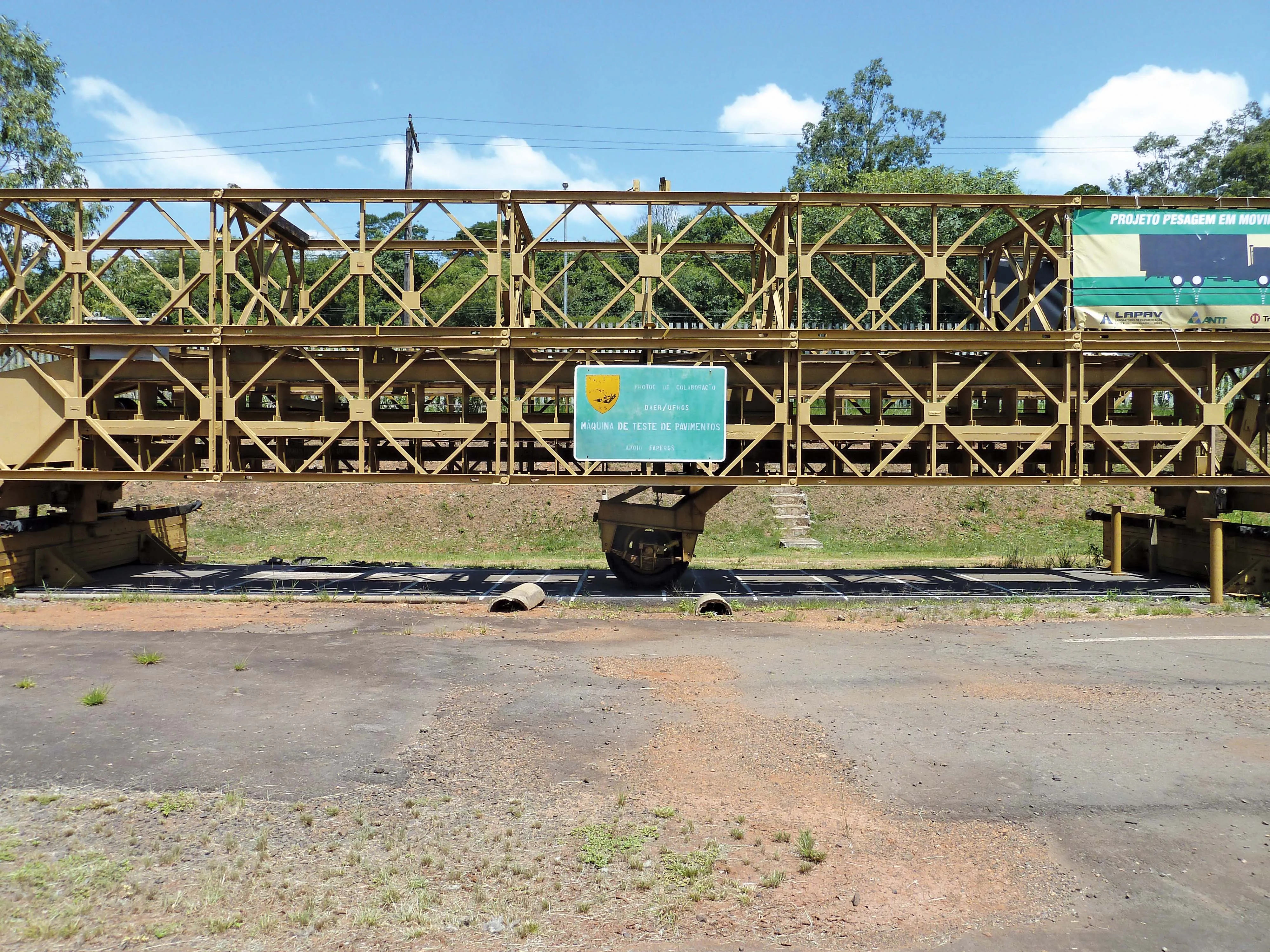Traffic signs play important roles in traffic, providing road users with regulatory, warning, and guide information about road conditions ahead. According to LEDSigns, the Taiwan-based company established by HONYEE Group in 2009 to concentrate on the development of LED [light emitting diode] signs, visibility and legibility of traffic signs can have a great influence on a driver's ability to comprehend a sign's messages and response time: "it is critical their brightness is enhanced at night and in bad weat
February 15, 2012
Read time: 3 mins

Traffic signs play important roles in traffic, providing road users with regulatory, warning, and guide information about road conditions ahead.
According to LEDSigns, the Taiwan-based company established by1322 HONYEE Group in 2009 to concentrate on the development of LED [light emitting diode] signs, visibility and legibility of traffic signs can have a great influence on a driver's ability to comprehend a sign's messages and response time: "it is critical their brightness is enhanced at night and in bad weather." LEDSigns says pilot studies using its new technologies, including its POLESTAR LED modules, have been carried out on city highways in Taiwan during the past year with agencies and road users being very satisfied with the overall performance of these projects.
"Our product is a pioneer for breaking size and legend restrictions of existing solar-powered LED traffic signs. With LED array modules and rails, any character, symbol and legend, in any language can be easily fixed to the system," says LEDSigns.
"It can be retrofitted to the existing sign hardware, reducing upgrading cost, installation time, and wastage. Most significantly, the system is equipped with smart sensors and will automatically turn on in poor weather conditions such as fog and when ambient light is low. Moreover, to contribute to a sustainable environment, all kinds of traffic signs of any size can be illuminated by solar power. With our exclusive technology, traffic signs can be easily read in any reduced visibility condition." The company will be displaying its technology at the244 Intertraffic exhibition in Amsterdam in April where it has applied to be considered for an Innovation Award.
LEDSigns claims that most conventional traffic signs are illuminated with spotlights or fluorescent boxes, but both measures "cannot provide even brightness and consume a large amount of power." The company added: "To fulfill the requirement of visibility and legibility, various measures, such as reflective sheeting materials, outdoor spotlights, fluorescent light boxes, and changeable message signs (CMS) have been applied to enhancing visibility of traffic signs. Each of these solutions has its pros and cons.
"Many agencies install extra spotlights to illuminate traffic signs which are set high or in important locations such as highway exit ramps and fog areas. However, it still can not provide sufficient legibility and visibility in bad weather conditions or because of geographic restrictions."
According to LEDSigns, the Taiwan-based company established by
"Our product is a pioneer for breaking size and legend restrictions of existing solar-powered LED traffic signs. With LED array modules and rails, any character, symbol and legend, in any language can be easily fixed to the system," says LEDSigns.
"It can be retrofitted to the existing sign hardware, reducing upgrading cost, installation time, and wastage. Most significantly, the system is equipped with smart sensors and will automatically turn on in poor weather conditions such as fog and when ambient light is low. Moreover, to contribute to a sustainable environment, all kinds of traffic signs of any size can be illuminated by solar power. With our exclusive technology, traffic signs can be easily read in any reduced visibility condition." The company will be displaying its technology at the
LEDSigns claims that most conventional traffic signs are illuminated with spotlights or fluorescent boxes, but both measures "cannot provide even brightness and consume a large amount of power." The company added: "To fulfill the requirement of visibility and legibility, various measures, such as reflective sheeting materials, outdoor spotlights, fluorescent light boxes, and changeable message signs (CMS) have been applied to enhancing visibility of traffic signs. Each of these solutions has its pros and cons.
"Many agencies install extra spotlights to illuminate traffic signs which are set high or in important locations such as highway exit ramps and fog areas. However, it still can not provide sufficient legibility and visibility in bad weather conditions or because of geographic restrictions."








